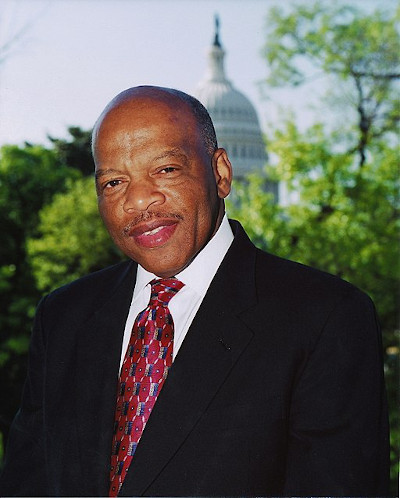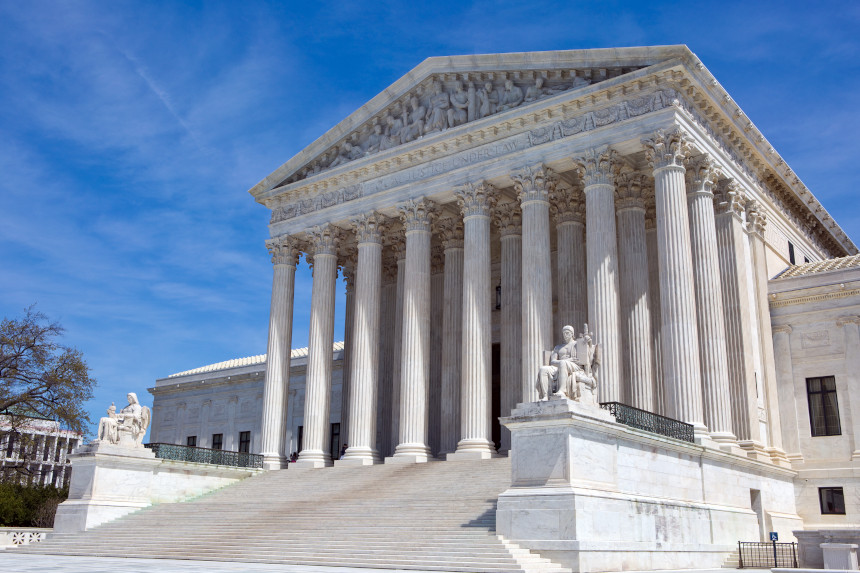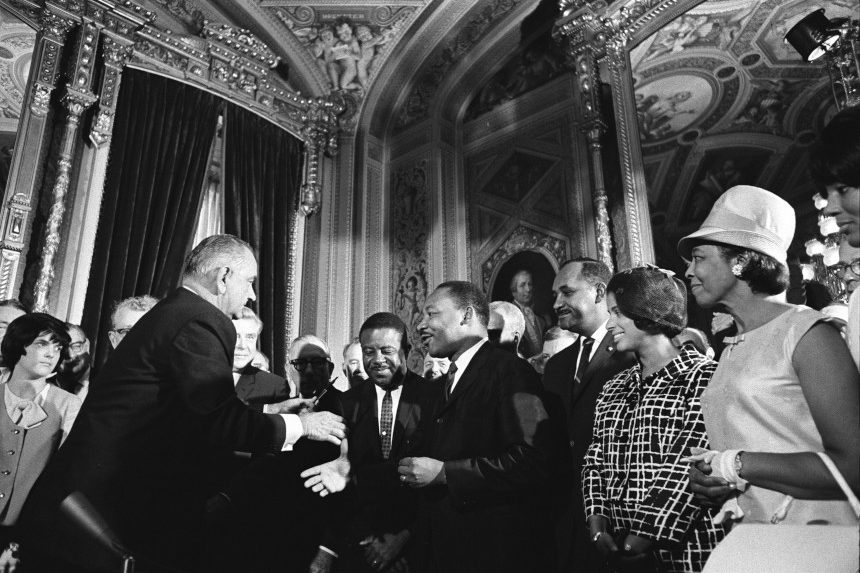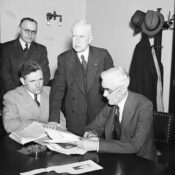The Department of Justice called it “the single most effective piece of civil rights legislation ever passed by Congress.” It’s played a role in 22 Supreme Court cases. It’s been subject to five major amendments since it originally passed. And yet, there are still those that would try to undermine it. It is the Voting Rights Act of 1965, and it has proven absolutely essential to the advancement of the country.

Writ large, the Voting Rights Act is there to prevent racial discrimination against voters. It was signed into law by Lyndon B. Johnson 55 years ago this week after a particularly contentious and violent few months in America. March of 1965 saw the marches from Selma to Montgomery, Alabama, three events that The Saturday Evening Post covered at the time. The recently deceased Congressman John Lewis led the first march, an occasion that would be become known as “Bloody Sunday,” after many marchers were attacked by police. President Johnson had called for voting rights action in February, but the focus that the marches put on the issue enabled Johnson to push for such legislation during a televised address to Congress on March 15.
Voting rights had been enumerated in the U.S. Constitution and solidified for all citizens by the so-called Reconstruction Amendments (the 13th, 14th, and 15th). These three amendments also carry language that allows Congress to pass further legislation in the future, should the need arise to provide additional enforcement. The appropriately named Enforcement Acts followed in 1870, making it a criminal offense to interfere with voting rights while also establishing federal oversight for voter registration and elections. However, two Supreme Court decisions in 1875 defanged the Enforcement Acts, meaning that while these new rules were on the books, they were not uniformly interpreted or enforced throughout the country.

After the advent of the modern civil rights movement in the 1950s, Congress would pass three sets of legislation aimed at leveling the playing field in America. Civil rights acts passed in 1957, 1960, and 1964. The broad aim of the 1964 Act was to prohibit discrimination on the basis of color, race, sex, or national origin by state and federal governments, as well as most public places . However, there weren’t enough specifics on voting protections. After the election of 1964, Johnson directed Attorney General Nicholas Katzenbach to write a functionally bulletproof act on voting rights; Katzenbach would get input from both Senator Mike Mansfield, the Democratic majority leader, and Senator Everett Dirksen, the Republican minority leader. Mansfield and Dirksen jointly sponsored the Act, and introduced it on March 17, 1965. For his part, Dirksen had been moved to co-sponsor the bill after seeing the violence unfold on Bloody Sunday.
When the bill was formally introduced, a total of 64 more Senators joined as co-sponsors. The House and Senate voted on the Act on August 3 and 4, respectively. It passed the House 328-74, and did the same in the Senate 79-18. Two days later, Johnson signed it into law.
The Act covers two sets of provisions; one set is general, which covers the entire country, and the others are “special,” designated for particular states and local government structures. The Act specifically prohibits discrimination based on race, color, or the spoken language of the voter. Literacy tests, once used in many states to disqualify voters, were banned under Section 2. Section 5 targeted areas that were notorious for a history of illegally disenfranchising voters by specifically noting that they couldn’t make changes to law that countermanded any part of the Act without federal consent.
Of course, very few laws or acts are perfect on the first go-round, so amendments have been applied in subsequent acts. The 1970 and 1975 Acts bolstered discrimination protections for voters with language issues. The biggest 1982 change made it easier to determine if discrimination had happened not just in person, but by the wording used in state laws. The Voting Rights Language Assistance Act of 1992 extended protections that were to expire and expanded support for bilingual voters, including Native Americans. The 2006 Act, properly called the Fannie Lou Hamer, Rosa Parks, and Coretta Scott King Voting Rights Act Reauthorization and Amendments Act of 2006, extended the special provisions for another 25 years.
If there’s a battleground for the Act in the future, it’s likely on the field of gerrymandering; in fact, the Act has already figured into Supreme Court decisions on the topic. Sections 2 and 5 forbid the creation of voting districts that are made in such a way as to intentionally split up the votes of minorities protected by the Act. However, the Supreme Court has held that you also can’t draw districts to favor particular racial composition. It’s a balancing act that will likely result in more challenges going forward.

The Voting Rights Act of 1965 represented an important step in the United States. Whether or not it was perfect is beside the point. It was attempt to, for lack of a better phrase, get it right. The great contradiction of America is that it rose under the specter of slavery and has to contend with a Constitution that once called Black people 3/5 of a person. The Act itself represented a long overdue shift, a change that attempted to acknowledge and redress systemic problems in the country. While it’s certain that we have many miles to go, the Act remains a crucial lever in the machine of positive change.
Featured image: President Johnson gave Martin Luther King, Jr. one of the pens used to sign the Voting Rights Act of 1965 (Photo by Yoichi Okamoto; Lyndon Baines Johnson Library and Museum. Image Serial Number: A1030-17a. Public Domain.)
Become a Saturday Evening Post member and enjoy unlimited access. Subscribe now



